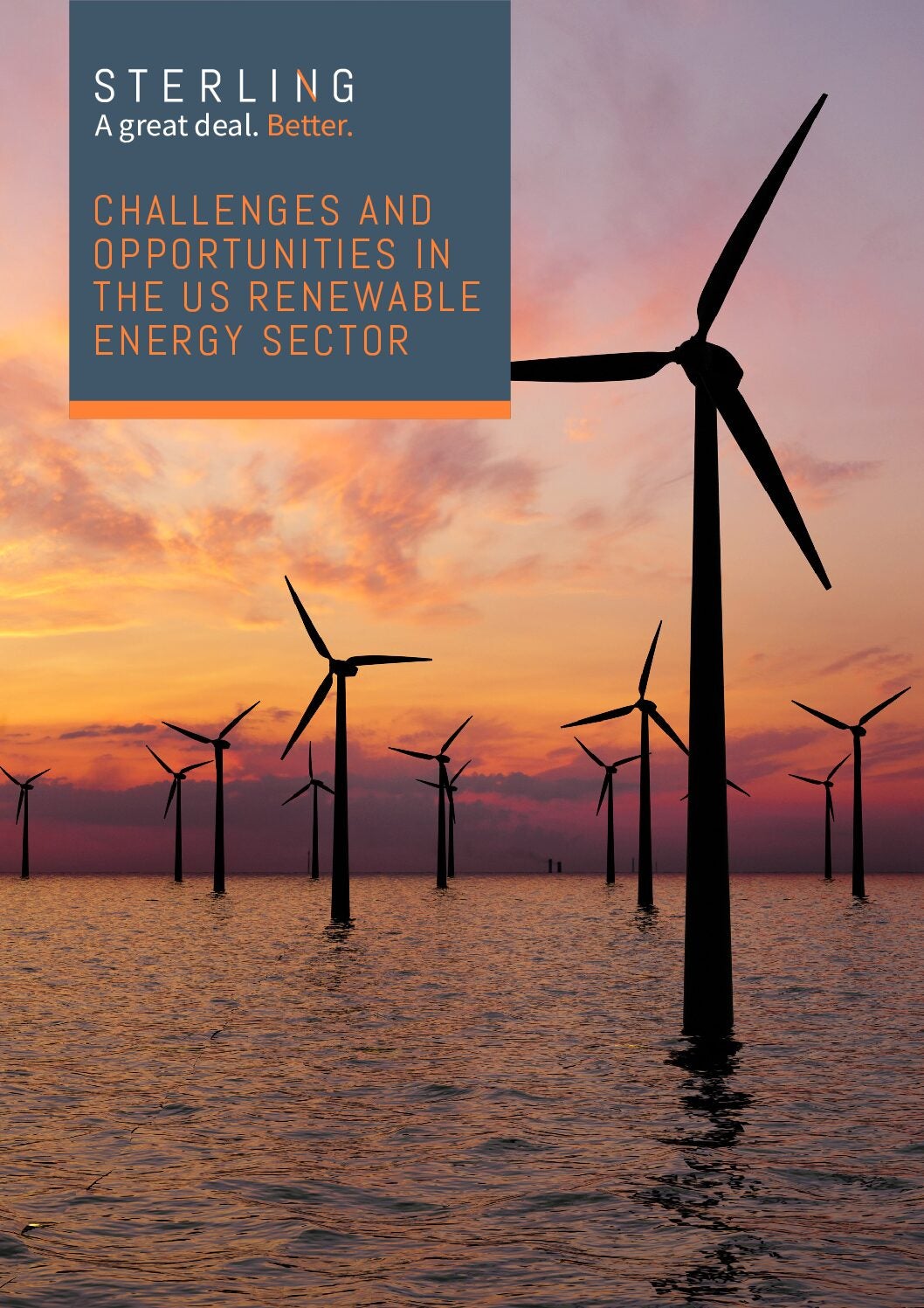
In the global push for renewable energy sources, geothermal power is one promising frontier. Its potential to provide reliable baseload electricity makes geothermal an ideal complement to intermittent renewable energy sources like wind and solar. But geothermal energy development remains a niche player in the global energy landscape. According to the International Renewable Energy Agency, it barely represents 0.5% of the total renewable electrical capacity installed around the world.[1]
Geothermal energy harnesses the heat trapped within the Earth’s crust. Requiring precise geological conditions, subterranean hot water and steam reservoirs are tapped to drive turbines. These in turn generate electricity.
Enhanced geothermal systems (EGS) represent the cutting edge of geothermal technology. An advancement compared with traditional geothermal sources, EGS artificially creates heat reservoirs by injecting water into hot, dry rock, generating steam. Its advocates argue the process could expand geothermal development to areas not naturally endowed with significant geothermal activity.
Challenges ahead
Despite its potential benefits, EGS solutions are largely stuck in the research and development phase. Technical hurdles and high costs remain prohibitive. These are compounded by concerns around induced seismicity caused by deep drilling and fluid injection. That means geothermal energy remains highly dependent on regional geological conditions, with the richest resources found along tectonic plate boundaries and in volcanic regions.
According to GlobalData’s recent Global Power Mix in Transition webinar, geothermal power production will grow, but is likely to remain overshadowed by other renewable sources.

Other challenges include technical and financial hurdles. Geothermal projects, particularly those that require deep drilling, can be extremely costly upfront. Exploration and drilling expenses can quickly mushroom from ground surveys into money pits, with no guarantee of success. Drilling into the Earth’s crust is complex and risky. Reservoirs can turn out to be less productive than expected. Temperatures may be too low to generate electricity efficiently.
Opportunities
Does geothermal power have a future role in the green-energy transition despite present shortcomings? Its combination of sustainability, efficiency and environmental friendliness means many investors are undeterred. Industry analysis suggests geothermal energy will become a key resource in the global shift toward decarbonizing electricity grids, offering reliable baseload generation without the volatility of other renewables such as wind and solar. Global geothermal capacity is growing at around 250MW per year, and the sector is expected to expand into a $50 billion market by 2027.[2]
According to GlobalData’s North America Energy Transition report, geothermal energy is still a fraction of the region’s total renewable energy source. Hydropower is currently the largest renewable energy source in North America. By 2030, solar photovoltaics (PV) is projected to be the largest renewable energy source for the region, and the second largest source of power generation after gas.[3]

But North America is an instructive example reflecting geothermal energy’s future potential. Its modest presence in North America’s overall projected energy mix belies its local importance. In some areas, it promises to become a clean energy mainstay. The US West Coast, particularly California, Nevada, and Hawaii, is home to bountiful geothermal resources. The Geysers in California, the world’s largest geothermal field, has been generating electricity since the 1960s. In Hawaii, the Puna Geothermal Venture continues to supply energy despite facing setbacks from volcanic activity in 2018. And Nevada boasts several high-potential sites where geothermal exploration is ongoing.
Geothermal’s low emission profile means it remains a tempting prospect in states able to exploit it. While the drilling process and operation of geothermal plants can release some carbon dioxide and other greenhouse gases trapped underground, these emissions are minimal compared to fossil fuel-based power generation. Geothermal’s small land footprint also stands out against solar and wind farms which require large swathes of terrain to operate at scale.
The future of geothermal energy
Geographical limitations, high costs, and technical risks mean that geothermal is unlikely to become a global energy solution on the scale of solar or wind power. But ongoing research into lowering drilling costs, optimizing discovery processes and EGS means the future of geothermal energy could still be a bright one. While its promise is confined to geologically blessed regions in the short run, in those regions it will become a clean energy linchpin. And in the longer run, unlocking the power of EGS could expand its benefits everywhere. Energy industry stakeholders should take note.
Discover further insights
To learn more, download our new report, “‘Challenges and opportunities in the US renewable energy sector”, published in association with Sterling Technology – the provider of premium virtual data room solutions for secure sharing of content, business process automation and collaboration for the M&A, corporate development, capital markets, private capital, banking and legal communities engaged in energy and renewables dealmaking.
International Renewable Energy Agency and International Geothermal Association, “Global geothermal market and technology assessment,” 2023. ↑
GlobalData news report, “Getech Group : Interim report for the six months ended 30 June 2022,” 2022. ↑
GlobalData report, “North America Energy Transition – Sectors and Companies Driving Development,” March 2024, page 7. ↑




